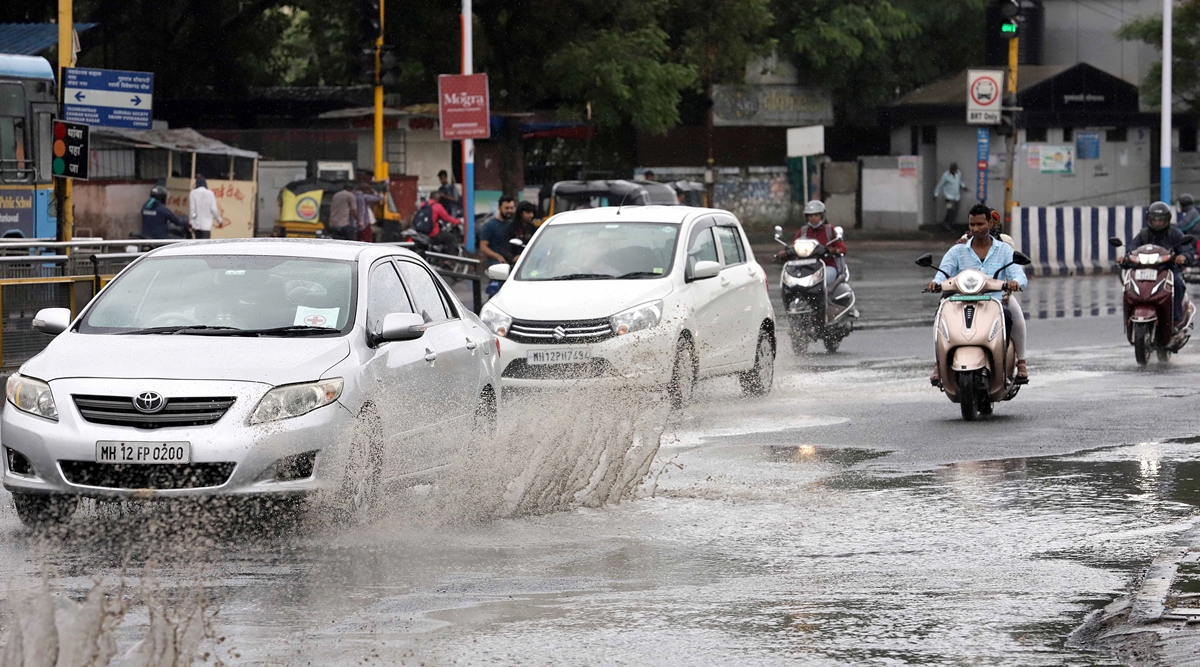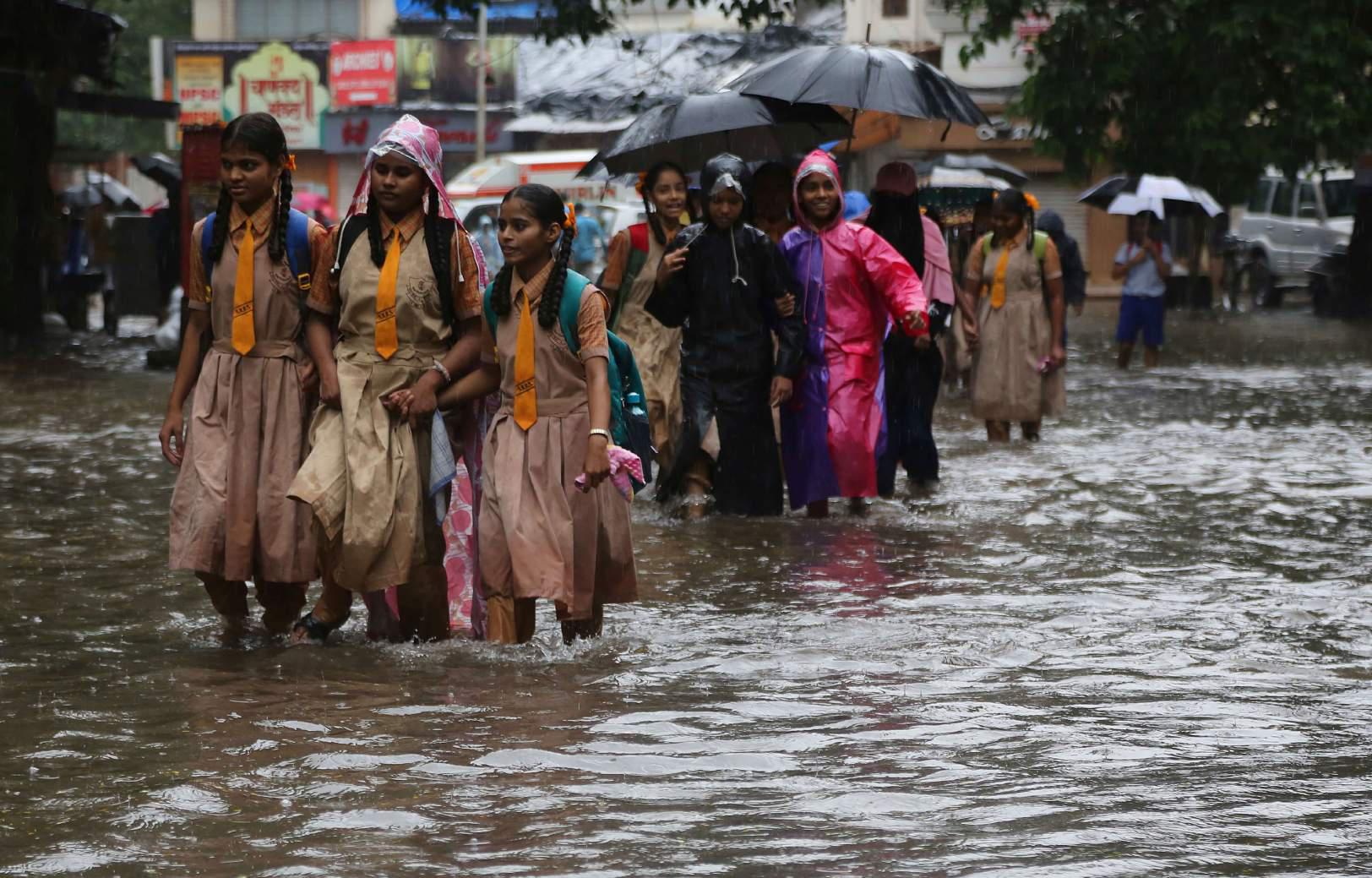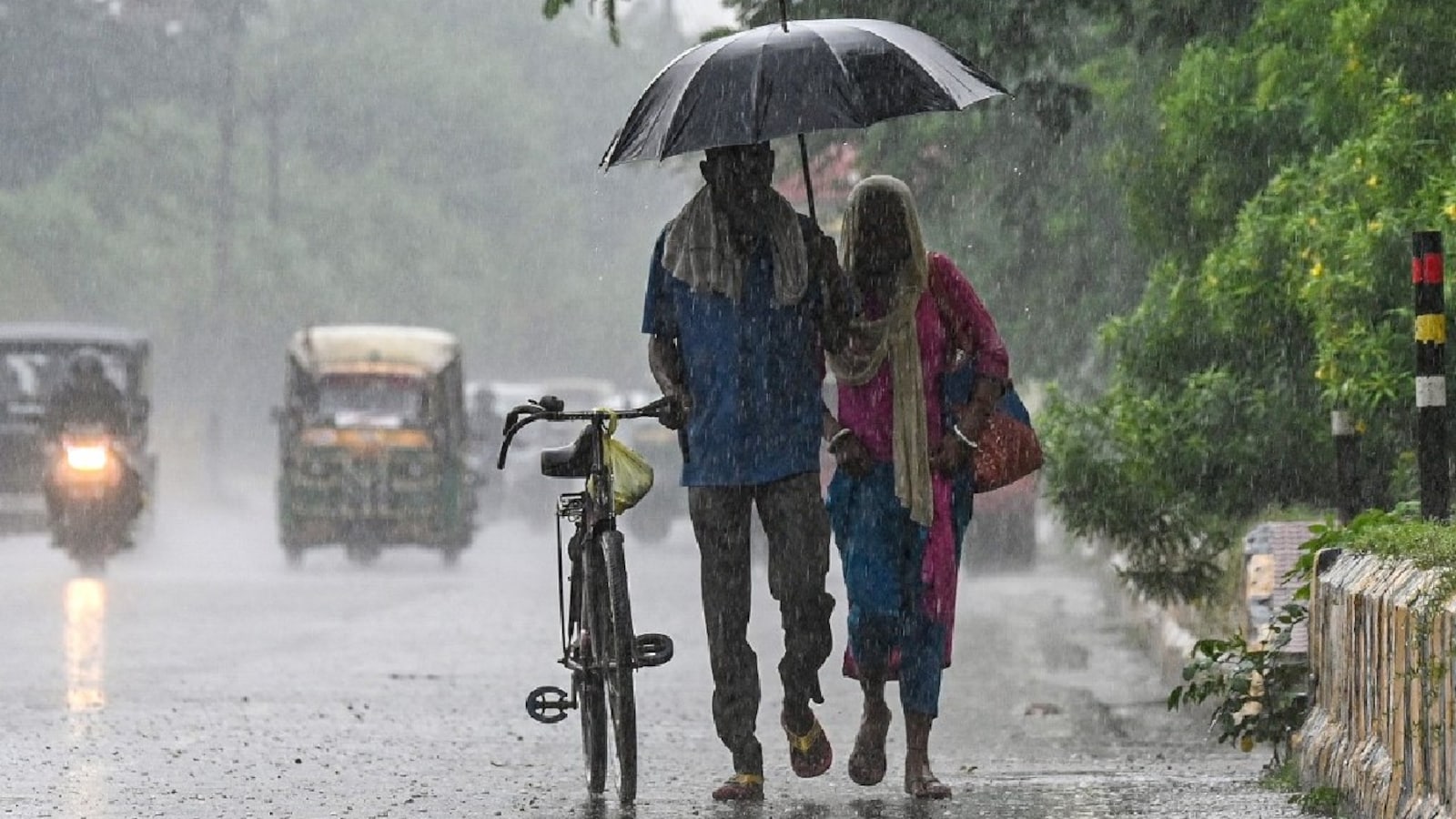IMD Forecasts Monsoon Withdrawal: Seasonal Transition on September 25

IMD Forecasts Monsoon Withdrawal: Seasonal Transition on September 25
The Indian monsoon, often called the lifeline of the subcontinent, is a meteorological phenomenon that profoundly impacts the lives of millions.
Every year, the arrival and withdrawal of the monsoon are eagerly anticipated events that mark the transition from rainy to dry seasons.

The Indian Meteorological Department (IMD) plays a pivotal role in forecasting these crucial events. In this article, we will explore the IMD’s prediction of the monsoon withdrawal scheduled for September 25 and the significance of this transition.
The Indian monsoon is a complex weather pattern influenced by various atmospheric and oceanic factors. It is characterized by the seasonal reversal of winds and is divided into two phases – the southwest monsoon (June to September) and the northeast monsoon (October to December).
During the southwest monsoon, moisture-laden winds from the southwest (the Arabian Sea) and southeast (the Bay of Bengal) converge over the Indian subcontinent, bringing heavy rainfall to most parts of India. This rainfall is critical for agriculture, as it nourishes crops and replenishes water reservoirs.

The withdrawal of the monsoon, also known as the retreat or recession of the monsoon, is the process by which these moisture-laden winds gradually retreat from the Indian subcontinent. It signifies the end of the rainy season and the beginning of drier, cooler conditions.
The IMD, established in 1875, is responsible for providing accurate weather forecasts and warnings in India. Its extensive network of weather stations, radars, and satellites enables it to monitor and predict weather patterns, including the monsoon, with remarkable precision. IMD’s predictions are crucial for farmers, policymakers, disaster management agencies, and the general public.
Monsoon withdrawal is one of the key forecasts provided by the IMD. The withdrawal process is influenced by multiple factors, including the weakening of monsoonal winds, changes in atmospheric pressure patterns, and the movement of weather systems. IMD uses advanced computer models and historical data to make accurate predictions about the monsoon withdrawal.

The IMD’s announcement of the monsoon withdrawal date for 2023 is scheduled for September 25. This prediction is based on a comprehensive analysis of meteorological data, which includes factors like wind patterns, rainfall distribution, and atmospheric pressure systems. The IMD’s forecasts are constantly updated as new data becomes available, ensuring accuracy.
The monsoon withdrawal holds immense significance for various sectors in India:
- Agriculture: The withdrawal of the monsoon marks the beginning of the post-monsoon season, which is crucial for the Rabi (winter) crop cultivation. Farmers depend on the timely withdrawal of the monsoon to plan their planting activities effectively.
- Water Resources: Reservoirs and water bodies depend on monsoon rains to replenish their water levels. The withdrawal date helps in managing water resources and ensuring an adequate supply for the dry season.
- Disaster Management: The withdrawal of the monsoon also reduces the risk of flooding and landslides. Disaster management agencies use this information to prepare for potential emergencies.
- Economic Planning: Many industries and businesses rely on IMD’s forecasts to plan their activities. Sectors such as tourism, construction, and transportation are directly affected by the monsoon and its withdrawal.
- Climate Patterns: Studying the withdrawal of the monsoon is vital for understanding climate patterns and trends. It contributes to research on the long-term effects of climate change.

The Indian Meteorological Department’s prediction of the monsoon withdrawal on September 25, 2023, is a critical piece of information for the nation.
It not only helps farmers prepare for the Rabi season but also aids in efficient water resource management, disaster preparedness, and economic planning.
The IMD’s expertise in forecasting the monsoon withdrawal reflects its commitment to providing valuable weather information that impacts the lives of millions across the subcontinent.

As we await the transition from the rainy to the dry season, we can appreciate the importance of these forecasts in shaping India’s agricultural, economic, and environmental landscapes.




